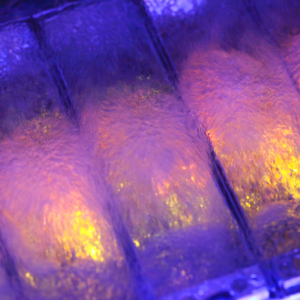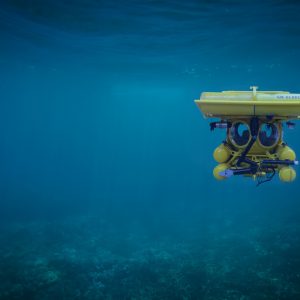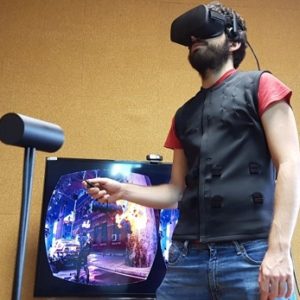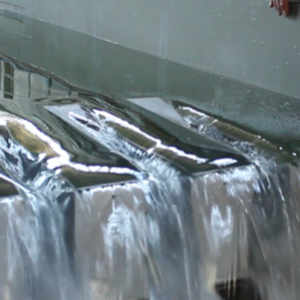Brief description of the solution and the added value it delivers
A team of researchers from Universidad Politécnica de Madrid (UPM) and Universidad Carlos III de Madrid (UC3M) have designed and patented a new system for satellites which allows electric power and thrust to be generated on board without using propellant. This innovation, which has given rise to two national patents and their international extension, has roused the interest of the European Space Agency and companies in the space sector. This system could be useful for satellites in Earth orbit.
Description of the technological basis
The system is based on what is known as a ‘low-work-function space tether’, an aluminium ribbon some 2 to 4 centimetres wide, 50 microns thick and up to several kilometres long, covered with a fine layer of a material that facilitates the emission of electrons when illuminated and heated by the sun. The ribbon, which is wound up on a reel during launch, is unwound once in orbit.
Due to an electrodynamic effect, the ribbon generates useful power on board passively as the satellite’s orbit decreases in altitude. Conversely, if a satellite is equipped with a power source, it is possible to use the ribbon to control its orbit without using any propellant.
‘This is a potentially highly disruptive technology, as it allows orbital energy to be transformed into electrical energy and vice versa, without using any kind of consumable’
Business needs / application
-
One of the most important and interesting needs of the market for space satellites – and especially mini- and micro-satellites – is to have uncomplicated, low-cost and highly efficient power and propulsion generation systems that can be integrated easily into the satellite design.
-
Furthermore, the majority of those satellites will have to reduce their orbital altitude at the end of their useful life, in order to re-enter the atmosphere and avoid the accumulation of space debris in orbit, which requires a significant amount of propellant.
‘Unlike current propulsion systems, a low-work-function electrodynamic space tether does not require propellant and uses natural resources from the space environment’
Competitive advantages
-
The system does not need any consumables (liquid or solid propellants, gases).
-
Entirely passive operation (except for the battery).
-
Continuous and inexhaustible operation for as long as the properties of the covering do not diminish and there is power on board.
-
It does not require precise altitude control.
-
Scalable design according to the orbit and the thrust requirements.
-
Thrust control using the power delivered by the battery.
References
-
Spain’s Ministry of Economic Affairs, Industry and Competitiveness has awarded them a grant to explore new materials.
-
The team coordinates an international consortium that has sent a FET-Open proposal to the European Commission to produce the first-ever deorbiting kit based on this technology.
Industrial protection
-
Patent granted in Spain: ES2562713.
-
Patent granted in Spain: ES2569540.
- European patent applied for through the EPO.
Stage of development
-
Concept
-
Research
-
Lab prototype
-
Industrial prototype
-
Production
Contact
Space tethers contact
Claudio Bombardelli
e:
UPM contact
Innovation and Entrepreneurship Programmes
Technological Innovation Support Centre (CAIT) – UPM
e:














